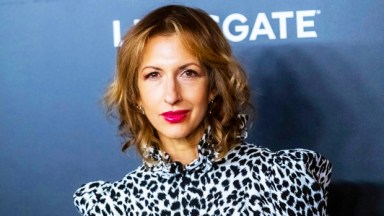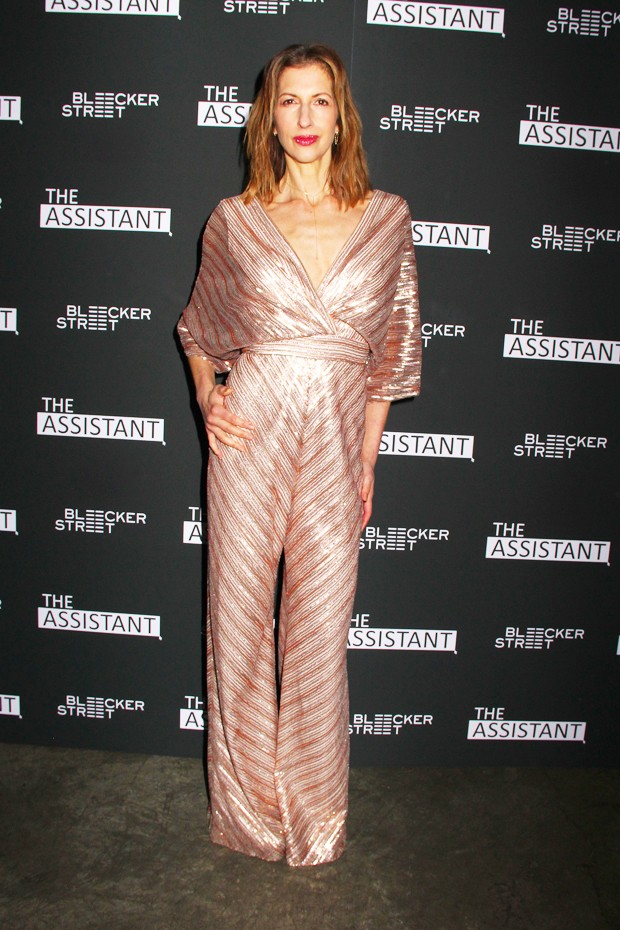
From one woman in charge to another! Alysia Reiner has jumped from her role as Fig, the prison warden in Orange Is The New Black, to her new character of a diner owner in BRIC TV’s series, Dinette. “I tease all the time that I cannot wait to play the weak, vulnerable woman!” Alysia joked in an interview on the HollywoodLife Podcast. “If anybody wants to offer me a role of the super vulnerable, ditzy person, a yoga teacher, a spiritual person, which are all these sides to my actual human character, I would be so in!”
The actress admitted, “I think being 5’10 and a half, I come with a specific set of characteristics that make me play ‘in charge’ really well.” While she couldn’t divulge much about her character without spoiling the Dinette season 2 storyline, Alysia said she comes into the scene after “someone dies suddenly” in the first episode. “It turns out that I may, because of the death, own the diner and it’s a big surprise to everybody,” she explained. “There’s a lot of drama about what will happen if I, this real outsider, comes in and wants to take over.”

Dinette is a play on Barry Levinson‘s Diner, and instead of a group of men, the series follows women, gender non-conforming and queer actors and characters. Season two of the series, created by Shaina Feinberg, sees Mick (Drae Campbell), Dee (Donna Wood), Karolena (Karolena Theresa), White Rachel (Jaqueline Fouasnon) and Jaq (Jude Dry) juggle one situation after another, especially after the death of the owner of their favorite hangout spot.

“I’m a ginormous fan of Shaina and she represents voices that are unrepresented right now and that’s really the bottom line…one of the things that I love about Shaina is she talks about these universal themes, like misinterpretation of word and deed, that is so beyond gender,” Alysia explained. “In season two, we really talk about everything from queer spaces to immigration… And that’s what I love about what Shaina is trying to do. We all live the same truth, no matter how we represent or who we choose to sleep with, and how we choose to present in reference to gender.”


